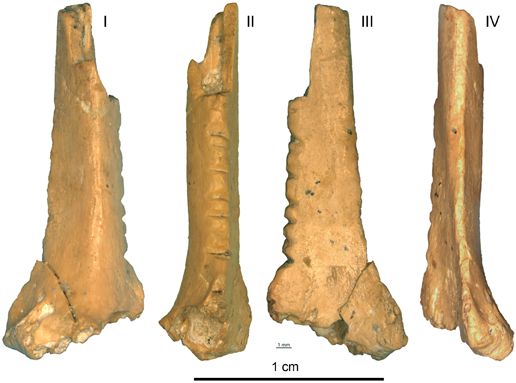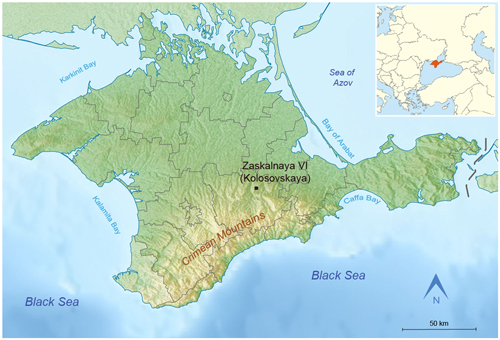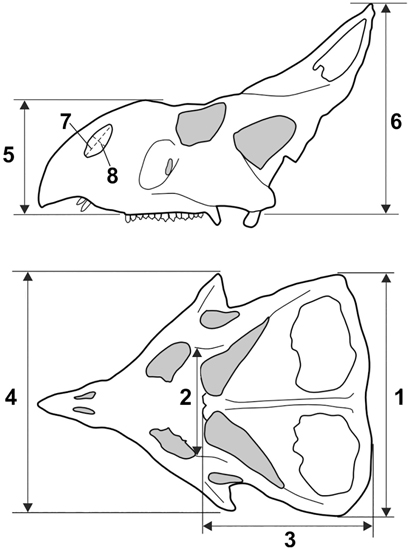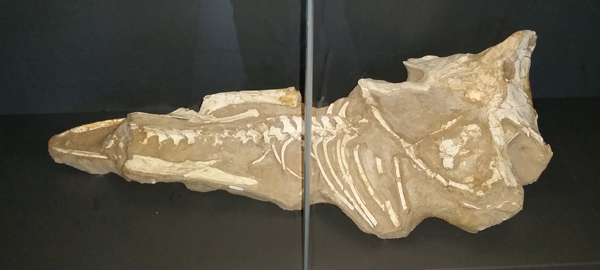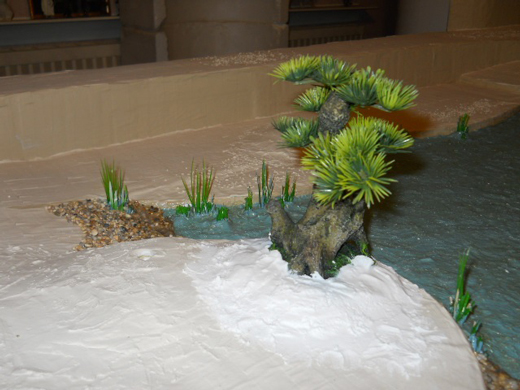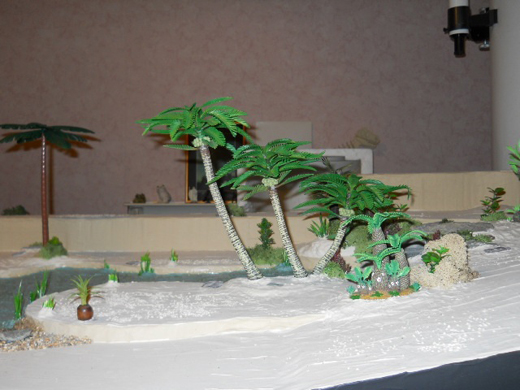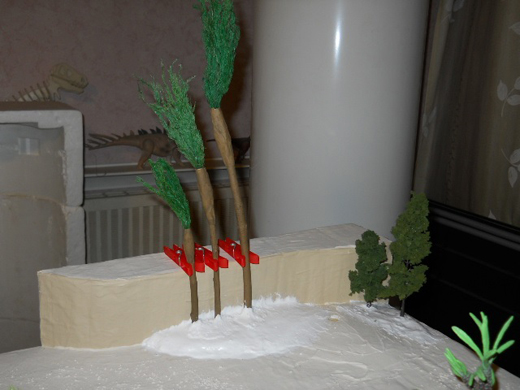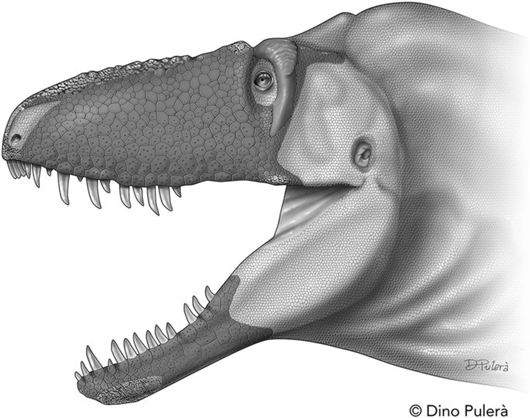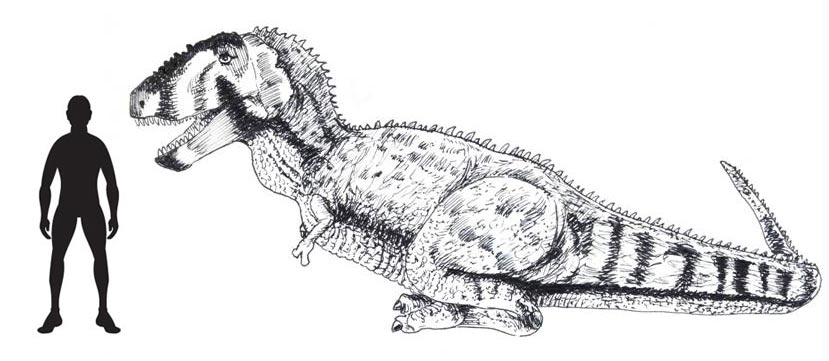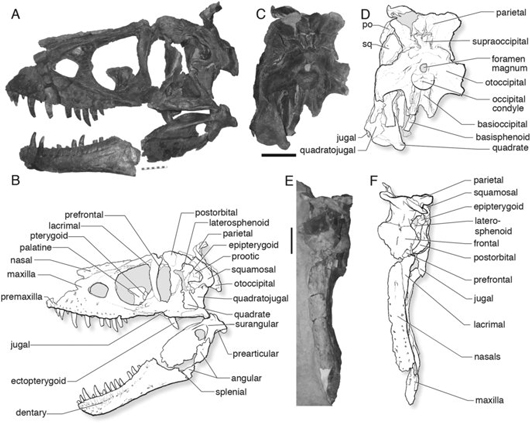The Cognitive Abilities of Neanderthals
Carved Raven Leg Bone Hints at Sophisticated Neanderthals
An international team of scientists, including researchers from the Université de Bordeaux (France), Cambridge University and the University of the Witwatersrand, (Johannesburg, South Africa), have published a paper in the on line journal PLOS One reporting on the discovery of a fragment of bone with seven notches that seem to have been deliberately carved into it. The bone, a radius (lower leg bone), from a Raven (Corvus corax), represents the first instance of a bird bone from a Neanderthal site bearing modifications that cannot be explained as the result of butchery activities and for which a symbolic argument can be built on direct rather than circumstantial evidence.
Changing Views About Neanderthals
Palaeoanthropologists are changing their views about the Neanderthals, for so long our closest relative had been depicted as brutish “ape-men”, but there is a growing body of evidence to suggest that Neanderthals were sophisticated, they had a culture and their cognitive abilities may have been underestimated. Neanderthals were sophisticated and capable of abstract thought.
Seven Notches Carved with Care into the Raven Bone
Picture credit: PLOS One
When first described by fieldworkers, the raven bone was regarded as an intentionally notched object, possibly used as an eyeless needle in which the notches may have been used to fix a thread or perhaps the leg bone was carved as a form of decoration.
For models and replicas of Neanderthals (whilst stocks last): CollectA Prehistoric Life Figures.
A Neanderthal Rock Shelter in Crimea
The bone was found amongst debris which included a variety of bird bones in a rock shelter located in the Crimean Mountains (Zaskalnaya VI rock shelter). The bone comes from a layer associated with stone tools that indicate that the notches were carved between 43,000 and 38,000 years ago (Micoquian stone tool technology of the Middle Palaeolithic). The scientists set out to recreate the marks using turkey leg bones and to examine the degree of regularity and intentionality of the set of notches. Microscopic analysis suggests that they were produced by a careful to-and-fro movement of a sharp stone blade across the bone and that two notches were added to fill in the gap between previously cut notches, probably to increase the visual consistency of the pattern or perhaps to increase the object’s utility.
The Location of the Rock Shelter (Zaskalnaya VI rock shelter)
Picture credit: PLOS One
A Happy Hunting Ground for Scientists
The Crimea and southern Russia have proved a happy hunting ground for archaeologists and palaeontologists studying the distribution and dispersal of Neanderthals. Several sites are known from eastern Crimea (notably the open sites at Karabai and Sary-Kaya). On the western side, there is a collapsed cave (Kabazi), that has also yielded a number of significant H. neanderthalensis related discoveries.
Much of the research in this part of the world has been focused on assessing how well adapted the Neanderthals were to the cold. Despite a number of papers having been published that suggests the Neanderthals were biologically better adapted to a cold climate than our own species (H. sapiens), evidence from the Crimea challenges this. Settlement can be plotted against climate fluctuations, with more northerly settlement coinciding with inter-glacial warm periods. A number of eminent figures have stated that Neanderthals were no more cold adapted than anatomically modern humans.
Neanderthal Technology Helped Them Survive the Cold
In recent research (Aiello and Wheeler), it was concluded that physiological traits can only have made a modest difference to Neanderthal survival potential and that the easiest solution to keeping warm was culture led not biologically driven. To survive the cold, the answer is more insulation this equates to better clothing that is better made.
Could the carved notches in the bone played a role in helping to sort ties and fastenings for clothing?
A Close View of the Notches Carved into the Raven Leg Bone
Picture credit: PLOS One
The picture shows a profile view (top) and a view of the cut marks (dorsal view). Photograph (a) shows notches 1-3, (b) shows a magnified view of the notches 4-5 and picture (c) shows notches 6-7 (scale bar 1 mm).
A Skilful Neanderthal with a Sharp Eye
A statistical analysis of the spacing in conjunction with experiments undertaken on turkey bones to recreate the marks, suggest that the carver took great care over the placement and the precision of the notches. The marks could have had a symbolic meaning for the maker, the researchers conclude that although there is still a lot of controversy surrounding the idea of whether Neanderthal cognition was comparable to H. sapiens, the cuts in the bone are not from butchery, the engravings show great artistry and skill. This evidence demonstrates the idea that there may have been more to the Neanderthals than previously thought.
Researchers Attempted to Recreate the Cut Marks in Turkey Bones
Picture credit: Francesco d’Errico (Université de Bordeaux)
To read an article that suggests Neanderthals may have has some medicinal knowledge: Neanderthals and Aspirin.
For a feature on redefining the Neanderthals: Changing Perceptions About Homo neanderthalensis
The scientific paper: “A Decorated Raven Bone from the Zaskalnaya VI (Kolosovskaya) Neanderthal site, Crimea”, by Ana Majkić, Sarah Evans, Vadim Stepanchuk, Alexander Tsvelykh, Francesco d’Errico published in PLOS One.
Visit Everything Dinosaur’s website: Everything Dinosaur.


